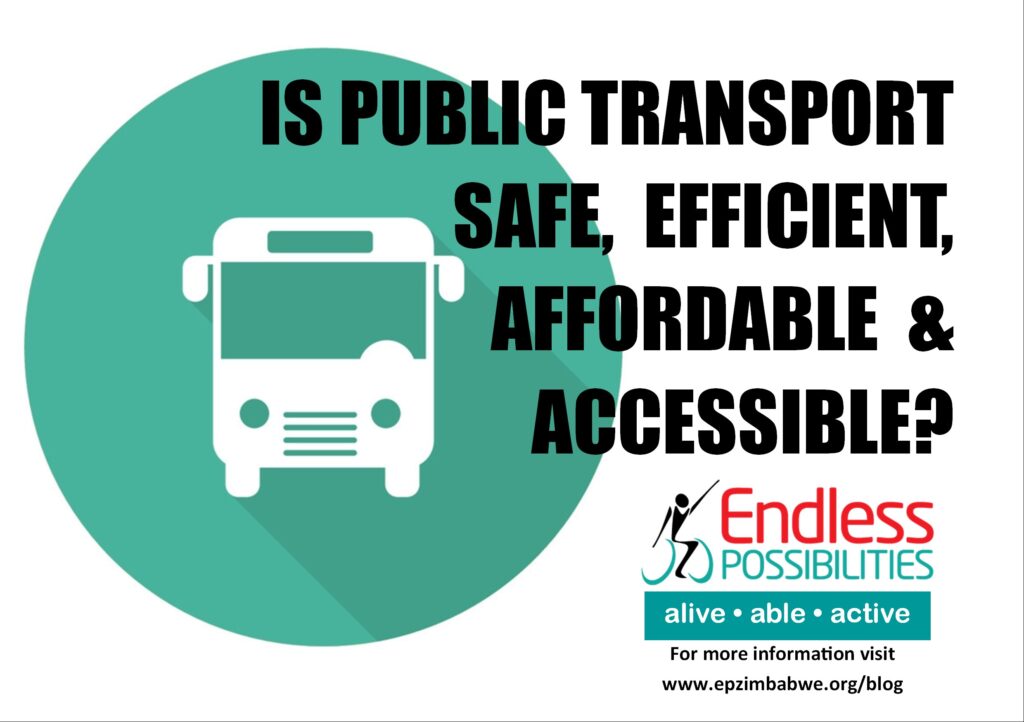
Public transport is crucial to the participation of people with disabilities in society.
From going to school to going to work to going to church to going out to meet friends – people with disabilities may rely on public transport more than others. It is therefore important that the public transport system is safe, efficient, affordable and accessible.
But what does a public transport system that is safe, efficient, affordable and accessible look like?
A public transport system that is safe has minimal or no risk of to the commuters or loss or damage to their belongings.
A public transport system that is efficient is convenient, reliable and adequately services designated bus routes.
A public transport system that is affordable does not put an individual or household in the position of having to sacrifice essential goods and services to travel.
A public transport system that is accessible is usable by most people in society, including those with specific needs such as children, old people and people with disabilities.
All these aspects make it possible for people with disabilities and their families to be able to use public transport with confidence.
But what about the public transport system in Zimbabwe – What does it look like? Is it safe, efficient, affordable and accessible? Does it facilitate the participation of people with disabilities in society?
The public transport system in Zimbabwe is made up of state-operated buses and minibuses (kombis) as well as privately-owned cars (popularly known as mushikashika, which means to hustle), which operate illegally. The state-operated buses and minibuses (kombis) and the privately-owned cars operate parallel to each other, and they each have their own advantages and disadvantages.
These advantages and disadvantages center around safety, efficiency, affordability and accessibility, factors which affect people with disabilities’ ability to use public transport with confidence.
So, over the coming few weeks, we shall look at how safe, efficient, affordable and accessible the state-operated buses and minibuses (kombis) and the privately-owned cars are. We shall begin our discussion with a focus on the safety of public transport in Zimbabwe next week.
Until then, please like and share this blog.
